Climate chaos is apparent in more and more parts of the world today, but our disconnection from nature reveals itself in other ways as well. In these excerpts from her recent book, Inner Climate Change, Selma Lea Bach encourages us to contemplate the connections between our external and internal environments and how inner change must be a part of our response to the collective crisis.
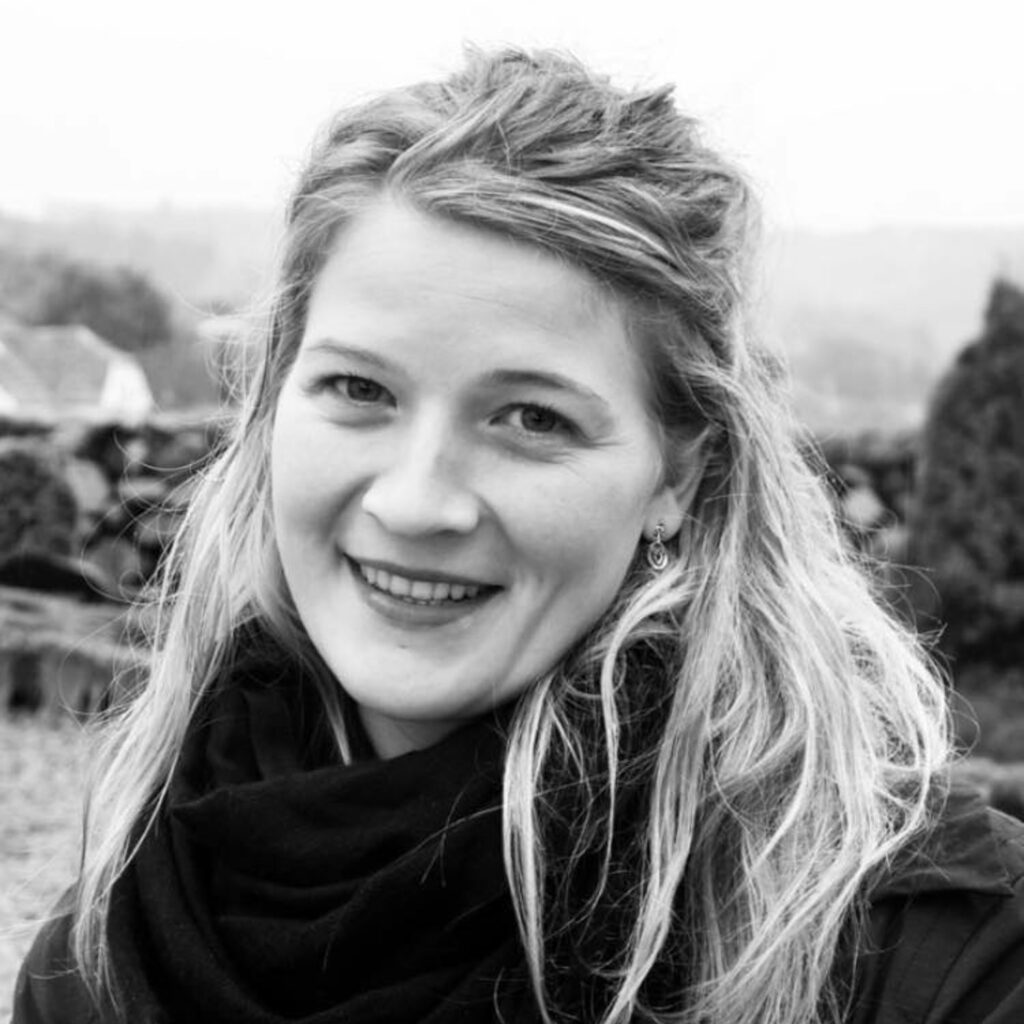
When we talk about global climate change, we also need to address our internal climate. Our inner reality reflects the ways we interact with the world. The key to solving today’s problems goes deeper than just a carbon calculation with numbers and predictions. It is more about establishing a relationship with nature within ourselves: restoring harmony between ourselves and the natural world.
We are not separated from nature, for it is the very source of life, the source from which we spring. What we do to nature, we do to ourselves. Every time we interfere with a natural life cycle, we affect our inner balance. Doing so puts our health in direct relation to the planet’s health.
Beyond Materialistic Science
We live in a time when materialism permeates most of the ways we understand ourselves. It even permeates our understanding of our relationship with nature. To understand things, modern science has its way of separating everything. This fragmenting approach often forgets that all things are interdependent, so science often fails to integrate its discoveries into an understanding of the whole. Such fragmented thinking leaves us with a world richly explained but poorly understood and appreciated in the depth of its meaning, beauty, and interdependence. Such thinking yields facts while ignoring values and purpose. It leaves us with a capitalist view of life, which always values quantity over quality and often overlooks the essentials.
If someone asked you how much you love one of your dear ones, would you then be able to give them a number that could be scientifically measured? The answer is most likely no, proving how our participation in the world is founded on more hidden interrelationships. The same is true when we talk about climate change and nature; many conversations in science need a new way of measuring that includes quality. These outer climactic changes we are faced with are asking us to enter into a different kind of thinking where proper understanding can be found only by looking at the whole picture of the world and relating it to our inner selves. We need to step into a more holistic way of thinking and acting.
The Internal Climate
We often discuss climate change in the same language that created the problem. We try to solve the problem with the same formula that caused it. Instead of thinking that we need to change how we live today, we try to find solutions that allow us to maintain the same way of living that is destroying the planet and ourselves. Instead of confronting the fact that life is showing us that the separation we have created between ourselves and nature is not benefiting any of us, we spend all our government’s money on trying to find solutions that can support modern life’s constant demand for energy in a more environmentally conscious manner. But we quickly forget to include the health of human beings in our solutions. We also overlook the impacts our actions have on other areas of life. In this way, we might solve one problem while creating new ones.
We have created a science that tries to be so objective in understanding the world that it often excludes our human selves. We need to find sustainable solutions for both the inner and outer worlds, for us and nature. We must start treating the causes and not just the symptoms.
When we talk about our external climate being in crisis, we can hardly avoid that our internal climate suffers at least as intensely. Never have there been so many depressed people. Anxiety and stress dominate the daily lives of many, along with a long list of other internal climate imbalances. When we turn our attention to our bodily health, we see how chronic illnesses have affected such a large part of the population and how cancer has almost become a symbol of capitalism, where cells multiply and multiply without remembering who they are and their original purpose. Our modern understanding of life has created a natural world depleted of life and a human existence impoverished in meaning and a sense of direction.
This could be an invitation for us to find out what makes the most sense, to discover if there is a treasure at the bottom of the sea. Perhaps this is what asks for our attention. A space has been created to explore our and the world’s truths. The doings of everyday life have before needed almost all our attention, the struggle to survive and have food on the table, a roof over our heads, and clothing on our bodies. Today, we have more space to realize ourselves and engage with life’s big questions. This can be experienced as tremendous freedom, but a privilege that comes with a great responsibility: what we choose to do with our lives and the life of the natural world is entirely up to us.
We can thank materialism for showing us how to understand our impact on all of life. Instead of seeing what is happening now as a failure in our development, we should see it as part of our more considerable evolution, where chaos is always a prerequisite for a new order. We have now discovered that our present way of life is unsustainable both for ourselves and nature and that if we can destroy the Earth, we can also heal it. With this knowledge, we can now take more conscious steps towards healing the wounds we have caused.
Every moment is truly a beginning, a new future. In the face of our miracle of existence and the wisdom of nature, it is time to begin taking some steps toward a co-creative future between ourselves and nature.
Find the book in Danish at Audonicons Bogsalc
Or email Selma directly for a copy at selmaleab@gmail.com
Title image Photo: Hamza Nouasria




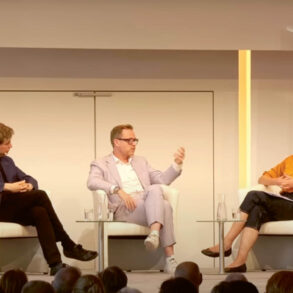
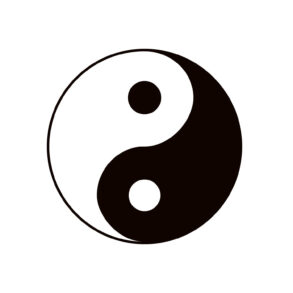
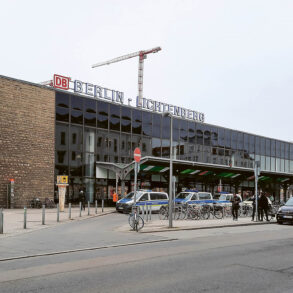

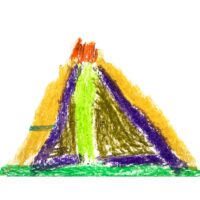

Waere es moeglich diesen Text in deutscher Sprache zu lesen?
Danke
Noch nicht, aber eine Übersetzung wird bestimmt in den nächsten Wochen erscheinen.
I’m glad to notice and agree with the general statements in the article. It’s wonderful to notice the brightness of young people—and here, the dedication and concern for the earthly future. For one thing, one can notice the tremendous importance of young people, children and babies having possibilities to fulfill their life tasks. Young people being smart, is needed; for them to deal with the world situations. By the way, in a previous comment for this periodical, I emphasized the need for some young people’s, or children’s opinions not always being our guiding indications. I had in mind then, some extreme tendencies I ha read; which criticized Waldorf methods or subject matter. However, afterward, I realized that my comment was one sided; and one can, of course realize how much we can learn from young people, children, and even babies!!
With regard to the article here, I also remember Steiner having mentioned, that weather—for example— has a connection with how human beings feel. It is also obvious, that being environmental, is urgently needed; because, if we poison the hand that feeds us (the Earth); it’s pretty much over, for all our lives, and our life tasks. They have left the Earth for us for ages. What are we leaving for children and babies?
I do think that the wonderful good will shown in this article, could also provide solutions to the problems that are more specific; although one cannot cover all sides of each topic, or all solutions, in one article. We can remember Steiner treating topics from so many different points of view; and, for that, he needed many, many different lectures and writings. (and different points of view are probably given in this article’s author’s other writings)
I also—although I have been environmental for at least 44 years; and I notice how urgent it is to be environmental—do not like it when climate change, and “global warming”, are used to gain public acceptance, and then push other extreme or radical political agendas. By the way, the data about warming does not show to me, to be as harmful as it is often mentioned. It seems that the media is always emphasizing warming; and not cooling; which concerns me more. As we know, when there is a warming extreme, there is an opposite cooling. These things happen in nature; and—also, although I care deeply for diminishing any animals’ suffering—it seems to me, that—for example—polar bears can adapt much better to shrinking ice, than human beings can adapt to having no food; or to having some of the needed means of living, radically changed. Even Steiner, defended the needed trains, etc. He said, though, that they should be made beautiful. I also notice, that—although technology, like our telephones, is handy and useful— if we overdo it with technology, we clutter the Earth and space.
I hope these things I mention, are of some help. Best wishes to everyone!! I also wish everyone, a wonderful Christmas and Holy Nights!!